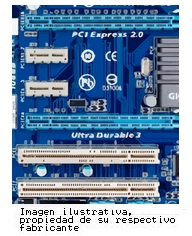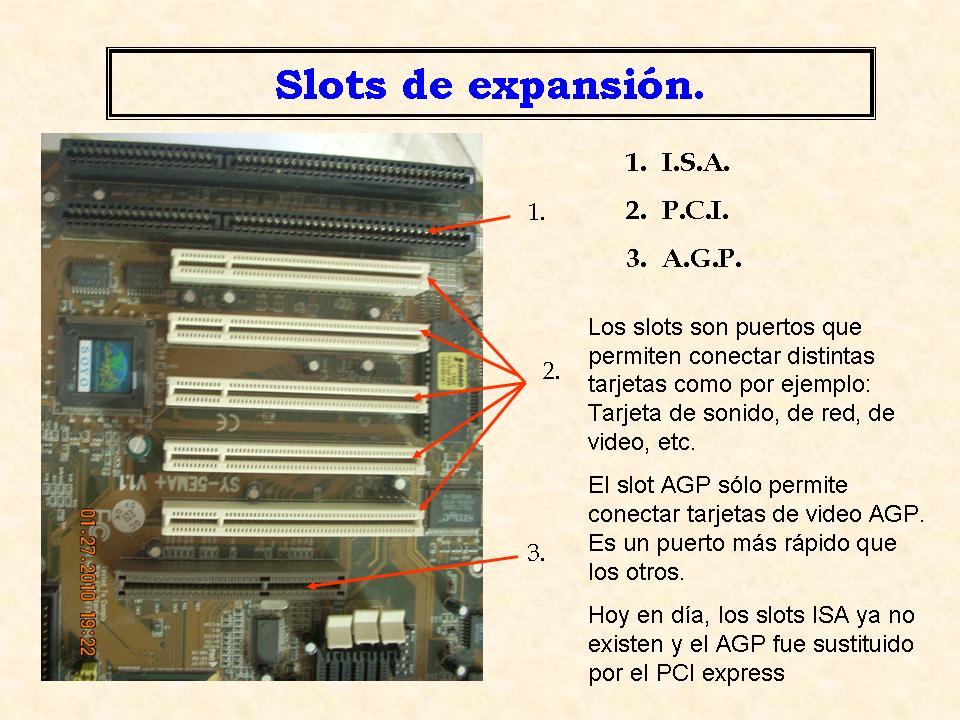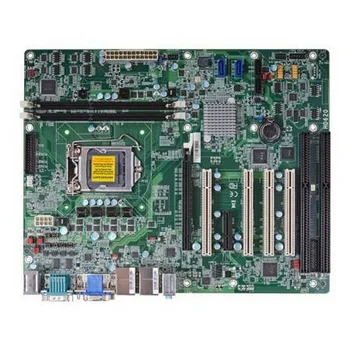Slot Isa Definicion
Alternatively known as a bus slot or expansion port, an expansion slot is a connection or port inside a computer on the motherboard or riser card. It provides an installation point for a hardware expansion card to be connected. For example, if you wanted to install a new video card in the computer, you'd purchase a video expansion card and install that card into the compatible expansion slot.
Computer expansion slots
Slots Capital online casino is most definitely a top notch online casino. First of all, we love the theme and design of the site and also, the software is great and has a professional feel to it. Moving on, the selection of games they offer is a great one and we most specially love the video slots and online slots proposed.
A slotted screwdriver is a tool used to apply torque to screws using a flat tip. Torque is the pressure applied when a device is turned clockwise or counterclockwise into place. This type of tool is designed to fit into slotted screw heads, which feature a single diveted flat impression on top of. An expansion slot refers to any of the slots on a motherboard that can hold an expansion card to expand the computer's functionality, like a video card, network card, or sound card. The expansion card is plugged directly into the expansion port so that the motherboard has direct access to the hardware.

Below is a listing of expansion slots commonly found in a computer and the devices associated with those slots. Clicking on any of the links below provide you with additional details.

- AGP - Video card.
- AMR - Modem, sound card.
- CNR - Modem, network card, sound card.
- EISA - SCSI, network card, video card.
- ISA - Network card, sound card, video card.
- PCI - Network card, SCSI, sound card, video card.
- PCI Express - Video card, modem, sound card, network card.
- VESA - Video card.

Many of the above expansion card slots are obsolete. You're most likely only going to encounter AGP, PCI, and PCI Express when working with computers today. In the picture below is an example of what expansion slots may look like on a motherboard. In this picture, there are three different types of expansion slots: PCI Express, PCI, and AGP.
How many expansion slots does my computer have?
Every computer motherboard is different, to determine how many expansion slots are on your computer motherboard identify the manufacturer and model of the motherboard. Once you've identified the model of motherboard, you can find complete information about the motherboard in its manual.
Adding additional expansion slots for older motherboards could be accomplished by using a riser board, which would add several ISA or PCI slots. Today, riser boards are rarely used with motherboards, as there is limited need for additional expansion slots with modern motherboards.
What type of expansion slots are on my motherboard?
As mentioned above, every motherboard model is unique, so to determine the type of expansion slots on the motherboard, consult the board's specifications and owner's manual. You can also open the computer case and visually examine the motherboard.
Isa Slots Definicion
Why do computers have expansion slots?
Computers have expansion slots to give the user the ability to add new devices to their computer. For example, a computer gamer may upgrade their video card to get better performance in their games. An expansion slot allows them to remove the old video card and add a new video card without replacing the motherboard.
What is the most common expansion slot today?
Today, the most commonly used expansion slot used and found on computer motherboards is the PCI Express expansion slot.
Does a laptop have an expansion slot?
Laptops do not have expansion slots like a desktop computer. However, some laptops do have PC Cards that can be inserted into the side of the laptop. They may also have a Cardbus slot for an ExpressCard to be added.
Related expansion slot pages

Expansion, Expansion card, Motherboard terms, Seated

A slotted screwdriver is a tool used to apply torque to screws using a flat tip. Torque is the pressure applied when a device is turned clockwise or counterclockwise into place. This type of tool is designed to fit into slotted screw heads, which feature a single diveted flat impression on top of the screw. The device may be powered manually or by a motor.
Slot Isa Definicion Para
The slotted screw design is often used in woodworking and fine jewelry making. The work that occurs in these types of industries is usually performed by hand, allowing the slotted screw to be easily tightened or removed. Other manufacturing industries tend to favor the Phillips head and the Torx® head, among others, both of which perform better when tightened with a power tool. Motorized drills tend to slip easily from slotted screw heads, potentially causing damage to the surrounding surfaces.
There are two types of slotted screwdriver primarily in use: keystone and cabinet. Keystone screwdrivers have slightly widened blades that narrow towards the flattened end of the driver. Cabinet drivers possess straight edges that form right angles with the blade edge. This type of screwdriver is often used for smaller screw work, like that which can occur in jewelry and watch making.
The slotted screwdriver may be operated manually or by an electric motor. Manual drivers feature a long, cylindrical handle, generally made of plastic, that fits into the palm of the hand. Motorized drivers are typically powered using a rechargeable onboard battery, or by means of an electrical cord that plugs into a socket. The head of this type of drill is typically interchangeable so that multiple driver ends or drilling bits may be used. Most drills are sold with a slotted and a Phillips head, and users may purchase additional bits depending on their personal needs.
Some versions of the slotted screwdriver are designed to perform additional tasks as well. The tester screwdriver, which is shaped identically to the slotted model, can be used to check for an electrical current through exposed wires. The flat headed tip of the driver can be placed against an exposed wire or piece of metal used to secure the wire. When current is running through the circuitry, a light flashes in the handle of the driver, alerting the user that the area is hot. Some tester screwdrivers can also be programmed to indicate whether the current is hot or used for grounding.